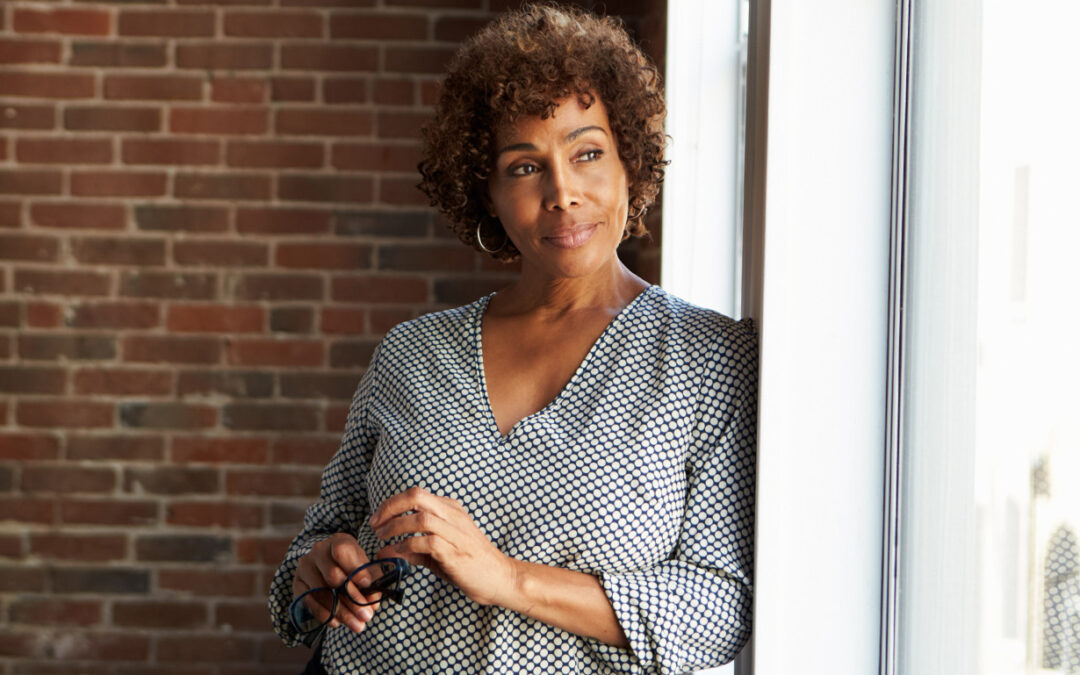
I AM…
Who Are You? Really…?
Here’s what I know to be true: every woman has wings. But some need help to color them in.
Some are washed out. Some need to color over the lines. Others? A touch of glitter…
Now, some clients, when they come to me, have incredible wings. Their feathers are bright. They sparkle (and they know it!)
BUT… they’ve been clipped. They’re caged, and they’ve lost their voice.
So, what do I mean by all this?
Well, maybe life feels like a sh*tshow right now? Perhaps you woke up this morning and thought:
- I’m so done with being someone’s puppet.
- I’m f*cking clueless.
- I haven’t had my voice for so long.
- I have no idea…
- What do I really want?
Because here’s the truth: ALL of us, now and then, need help remembering who we are.
Yes, that’s right. I don’t care how beautiful your wings are, or how you got here. Every woman comes to me at a different level—and could benefit from some more color, more life in her wings.
Let’s try it out…
If I asked you ‘who are you?’ I expect your first thought would be to list what you do, or your relationship to other people: i.e. wife or mother, or your job title.
But these are labels defined by society, not the true essence of you.
So, what if you’re reading this and think: ‘Holly, I’ve spent so long looking after everyone else, I don’t know who I am. And I don’t know where to start…’
Well, that’s where the ‘Who Am I?’ exercise comes in.
Its purpose is simple: to understand how your strengths, gifts and values meld to form who you are.
Because here’s the thing: every experience until this point has shaped your perception of the world…
And that’s why midlife is the perfect time to find out what color you want your wings to be—or in other words, who you really are.
So, grab a pen and paper, pour a glass of wine or a cup of tea, and work through the following questions:
Step 1: Identify your key descriptors:
- What are the 5-10 most important values in your life?
- How would you describe the attributes you most like about yourself?
- What do other people admire most about you—and what is the impact you have on them?
Hint: if you can’t objectively see your gifts and strengths, it can help to reach out to up to 5 people in various parts of your life, and ask what they see as your unique qualities, attributes, or characteristics. Ask, why do you mean so much to them? And how do you impact their life?
(This also helps realize your impact, and gives you direction towards ‘who you are.’)
- What core beliefs about life serve you best?
- What makes you unique, or stand out from others?
- What makes you feel most passionate, satisfied, and most fulfilled?
- If you had to name one feeling that you would like to have most often, what would that be?
Step 2: Put an X by the 5-10 most important words from the list you made, and convert those 5-10 descriptors to nouns.
(For example, if ‘being healthy’ is one of your key descriptors, convert to ‘health.’ If ‘honest’ is one, convert to ‘honesty.’)
Step 3: Take these nouns and make them into ‘I Am’ statements. Feel free to combine more than one concept or idea in each statement. You should have at least 5 statements, beginning with ‘I am”. (For the examples above, your statements would be ‘I am Health’ and ‘I am Honesty.’)
Step 4: Rank each order of these statements by numbering them from 1 (as the most powerful) to the least powerful/descriptive of the list.
Record your final ‘I Am’ statements, in rank order below, so you can refer to them later on.
Step 5: Finally, seriously consider all of your final ‘I Am’ statements in relation to how you currently live. And ask yourself:
What adjustments could you make?
How well do you currently bring who you are into everything you do?
Look at the different roles you play in your life. You may be a spouse, a parent, a child, a worker, a sibling, a friend, etc. Which roles do you believe are true to yourself, or where your true self shines? Which roles does your true self hide?
In other words: what color do you want your wings to be?
Or who are you… really?
XO
Holly
P.S. If you enjoyed this exercise, and want to go one step further, grab my 10 Question Toolkit.
It will give you the skillset to not only manage the midlife mayhem—but master it.
